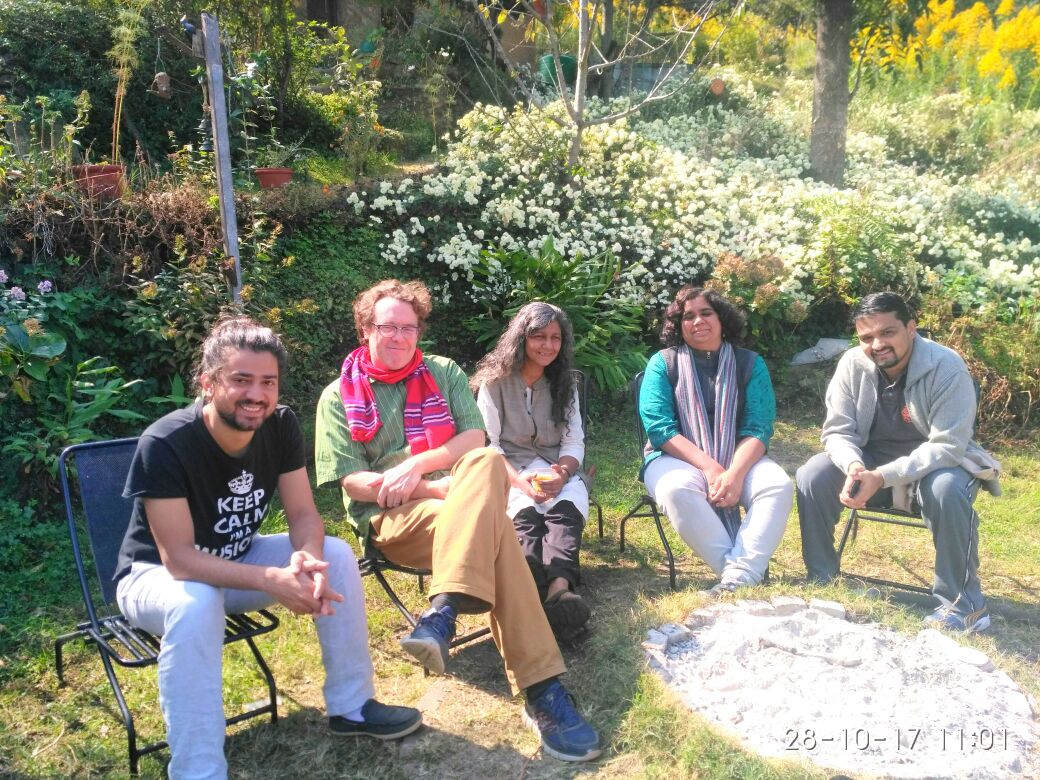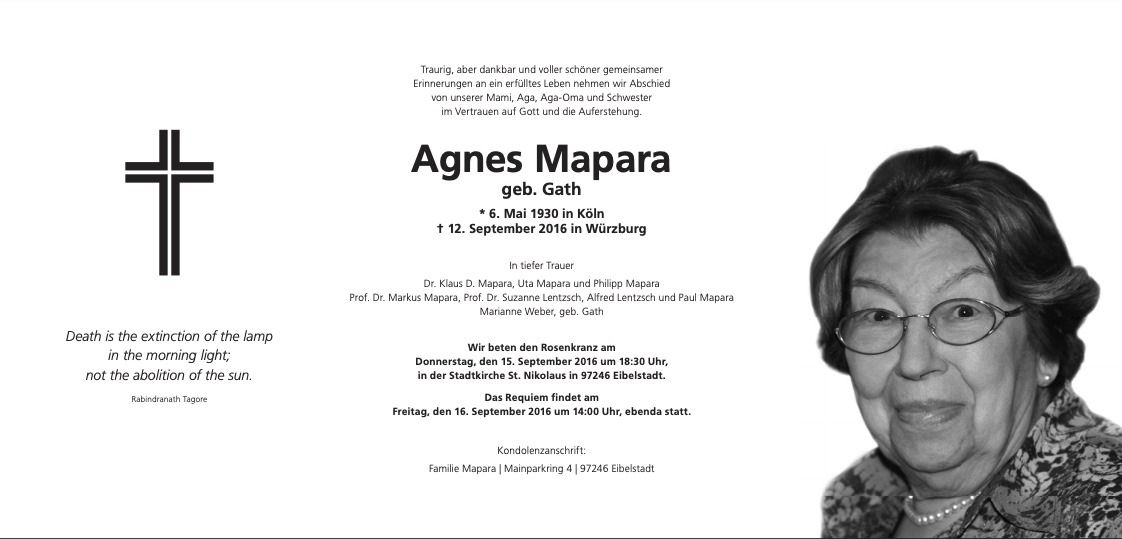
Mapara’s Cradle Song and Shruthi Vishwanath’s Response
G. Mapara was a 20-year-old Marathi student of Visva-Bharati, from Mahad in the Konkan region. He sang a lavani and Marathi composition in Raag Bihag and two palna or cradle songs, which Arnold Bake recorded with his Ediphone machine in May 1931. The songs are at the British Library Sound Archives only, Berlin does not have copies. I did not have copies of these recordings with me, hence could not listen with experts in the field, as I did with many of Bake’s other recordings. All I had was the metadata attached to the recordings—British Library files C52/2098 C1 and C52/2095 C1. The first cylinder holds the lavani (folk song associated with Marathi theatre, sung to the rhythm of the dholak, often pungent in socio-political satire) and the Bihag song; the second two palnas—the BLSA catalogue has the names as ‘Viṭhucyā darvājyālā’ and ‘Vājīvare bāḷa velhāḷa’.
As I did not have the actual recordings of the songs with me, the way to work was to start from names—names of the songs, the singer, places. I sent the song-names to my musician and listener friends in/from Maharashtra, and they asked friends, but the search did not really yield any specific result. Except that the eclectic singer of Kabir and other mystic poets and researcher of women in the warkari tradition of Maharashtra, Shruthi Vishwanath recorded two beautiful palnas for me to keep in my archive, and she sent them to me via Whatsapp (As an aside, when we think of the archives and changes in the context of technology and the transportation of recordings—it is interesting to note that what used to take days and months now happens in seconds. There was always the fear around Bake’s wax cylinders that they would catch the mould in the hot humid climate of South Asia and they would change shape, get decentred.)

Shruthi Vishwanath, Harpreet Singh and I were the singers at Sonapani Music Festival in Uttarakhand in October 2017. Also in the photograph is sound artist and singer Robert Millis. Photo by filmmaker and actor Gurpal Singh.
Then to search with the name of the singer. Who was G. Mapara? I have searched with friends, mainly with music scholar and singer Budhaditya Bhattacharyya. We seem to have both found the man and not found him. It is a strange thing, because if the G. Mapara we are looking for was indeed the trade unionist Govardhan Mapara, born in 1910, as evidence seems to suggest, then he became an important trade unionist before and after Independence and organised railway workers from the 40s onwards. When this Govardhan Mapara died in 1975, he was in Dhaka attending an international trade union conference. Yet, we cannot find him easily. We get from records that his father’s name was Lalji Mapara, his wife was Agnes Gath (1930-2016). We know that Govardhan Mapara wrote in the Afro Asian Lan Bulletin, V, 4(11), 1969 an article entitled ‘Gandhi’s Close Association with Labour’ and in 1969, he wrote an article in German, ‘Tagore und die Indische Musik’. When I am able to trace these articles, I will in all likelihood know something more about him. But the question is, even if we know more about him, will there be a home to take his voice back to?
We asked labour historians and trade unionists; perhaps if we ask more we will reach somewhere. The pandemic and lockdowns made it difficult to search thoroughly. Budhadityya managed to find Agnes Mapara’s funeral card on the internet, which starts with a Rabindranath quote. There are many Maparas named on the card; we assume them to be Govardhan and Agnes’ children, and grandchildren perhaps. Agnes was born in Koln, and she died in Wurzburg. The funeral was held in Eibelstadt. I wrote to two of the people named on the card: ‘Might you be Govardhan Mapara’s children? Then I have something to share with you. Your father’s voice, when he was 20-21, is in the files of the British Library Sound Archives.’ No one has so far come to claim the voice.

Funeral card of Agnes Mapara nee. Gath. Source: Internet.
- Laksmisvar Sinha, a Doorway to Many Worlds
- Imam Bux Boyati of Mymensingh at Gurusaday Dutt’s Suri Mela
- Motru Sen and Jaya Tagore: From Image to Sound
- The Bauls of Kenduli in 1932
- Pinakin Trivedi and the Autograph Book
- Roof-Making Songs of Baori Women
- Listening to Savitiri Govind with Sumana Chandrasekhar
- From Ranjan Shaha to Kobiyal Akhtar Shah in Kasba, Birbhum
- Kusum, the Nachni and her Jhumur
- From Gurudayal Malik to Mohan Singh Khangura and Madangopal Singh
